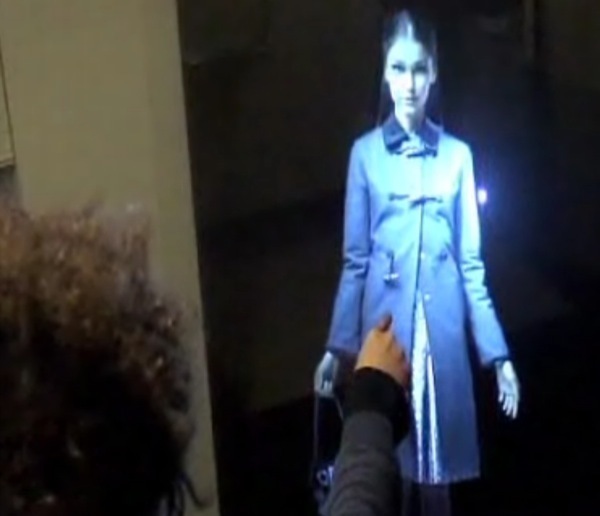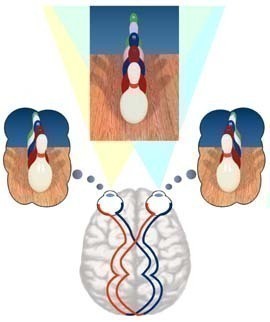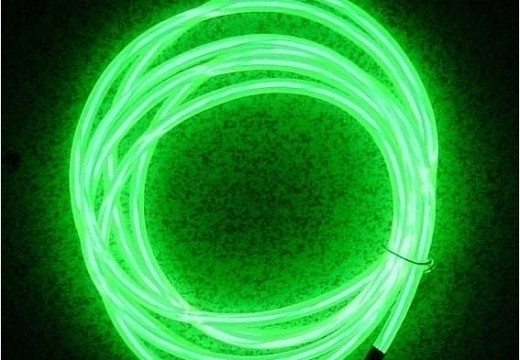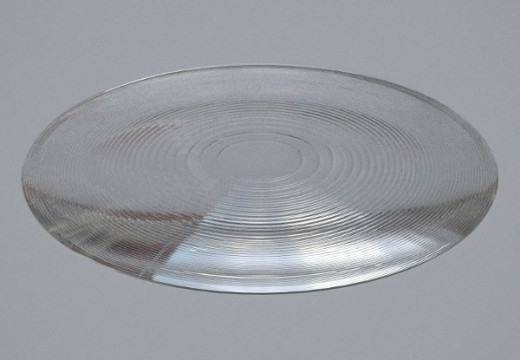Holograms are three-dimensional images produced through photographic projection. Unlike 3-D graphics or Virtual Reality or Augmented reality displays where the image is projected in a two-dimensional surface and where the illusion of depth is applied, holograms are truly three-dimensional images that do not need special viewing equipments.
The first hologram was created in 1947 by Dennis Gabor while doing research on improving the resolution of electron microscopes. The lasers needed for displaying and creating these holograms, however, did not exist until 1960.
Categories of Holograms
Holograms can be categorized into reflection holograms that use white light or laser light reflecting off surfaces to create the three-dimensional image. Transmission holograms, on the other hand, create the three-dimensional image by using monochromatic light.
Components of a Holographic Device
Laser
Lasers are the main components in holographic equipment, and produce the actual images. The image color will depend on the type of laser used to create the image. The most common laser used for creating holograms is the red laser or helium-neon (HeNe) lasers. A shutter device may also be needed to control the laser beam's exposure. After laser ignition, the laser beam is directed towards a beam splitter.
Beam Splitter
A beam splitter is an apparatus whose main task in hologram production is to divide the beam of light that has been directed to it. The beam splitter does this by using mirrors and prisms. The resulting beams are reflected off mirrors to direct them to the correct location.
Mirrors
Mirrors are used to direct the light correctly so that they will hit the intended targets. This component must be kept clean to ensure the clarity of the resultant image, and to prevent heat build up.
Lenses
Lenses are used in creating holographic images. They spread out the beam coming from the lasers. These lenses take the light reflected by the mirrors and spread out the beam so that the beam can be turned into wide swaths of light.
Holographic Film
Holographic films capture the holographic image. Holographic films are similar to photographic films in the sense that they both have a layer of compounds on their surface that are sensitive to the changes in light. Holographic films differ from photographic films, however, since they are much more sensitive and are able to record minute differences in light over very small distances.
Applications of Holograms
Holograms have many commercial applications. Some of these applications are:
- Compact disc players which use holograms to process the light
- Spinning holograms used in scanners in grocery stores
- Holographic gratings used in high-resolution spectrometers
- Non-destructive testing of specimens in laboratories using holographic interferometry
- Prevention of counterfeit credit cards through the use of holographic images
- Heads up displays (HUDs) used in military aircraft
- Bar codes in store check-out counters using rotating computer-generated holograms called holographic scanners
- Phase conjugation studies
- Femto-second lasers
- The next-generation hard drives named HOLOSTORE which use holographic computer memory systems that have the ability to store a lot more information than traditional computer hard drives




Follow Us!